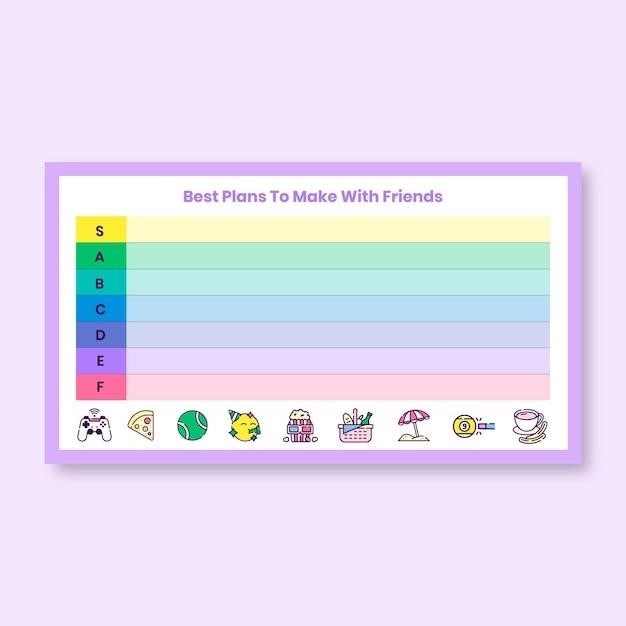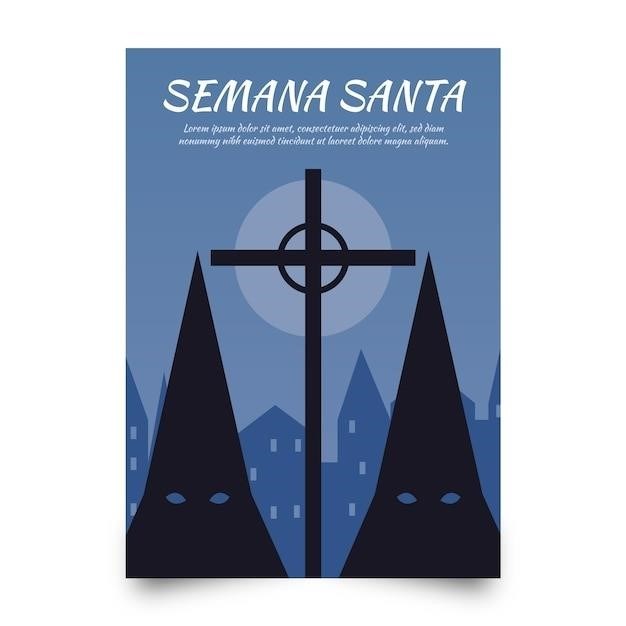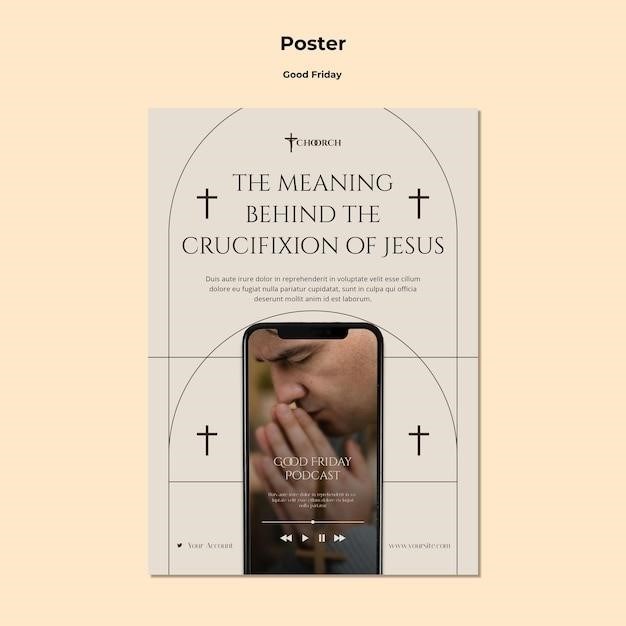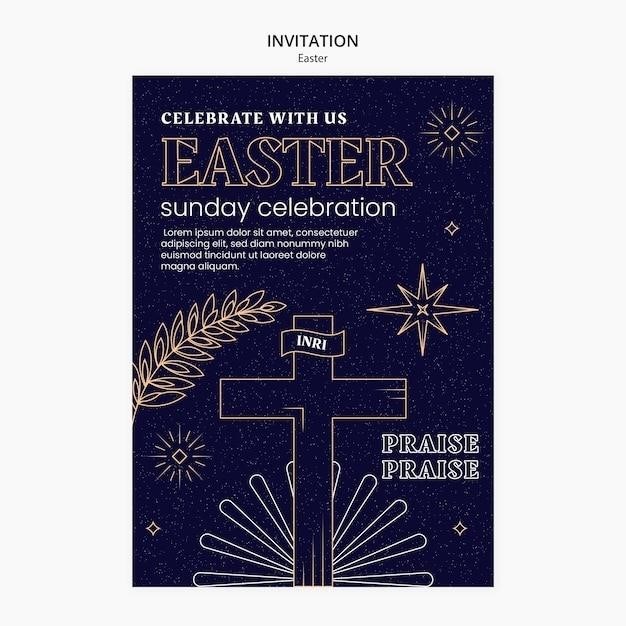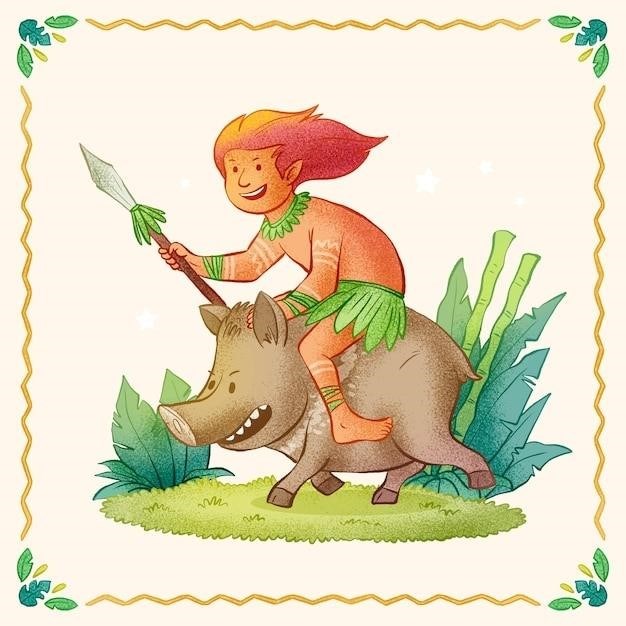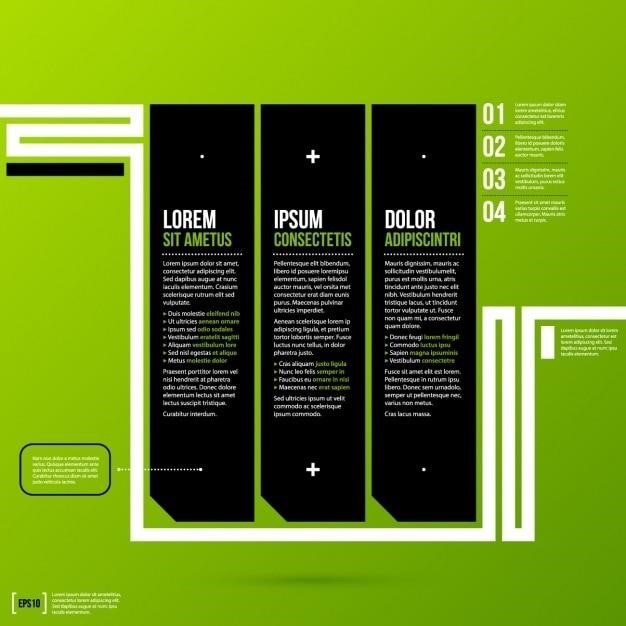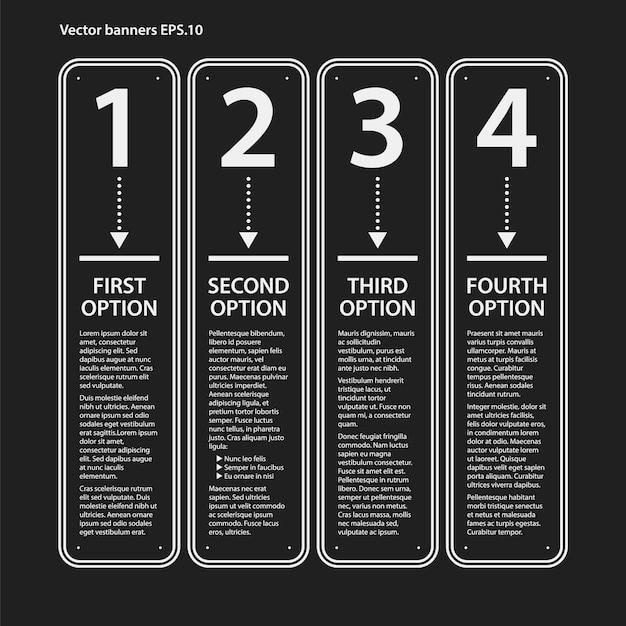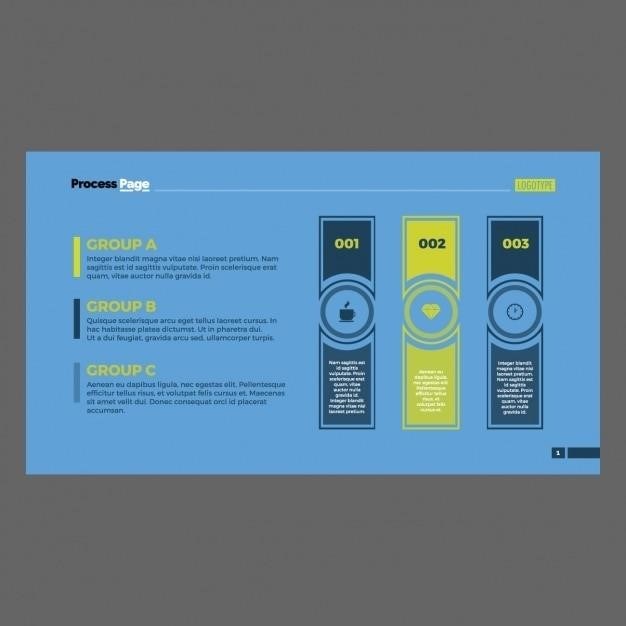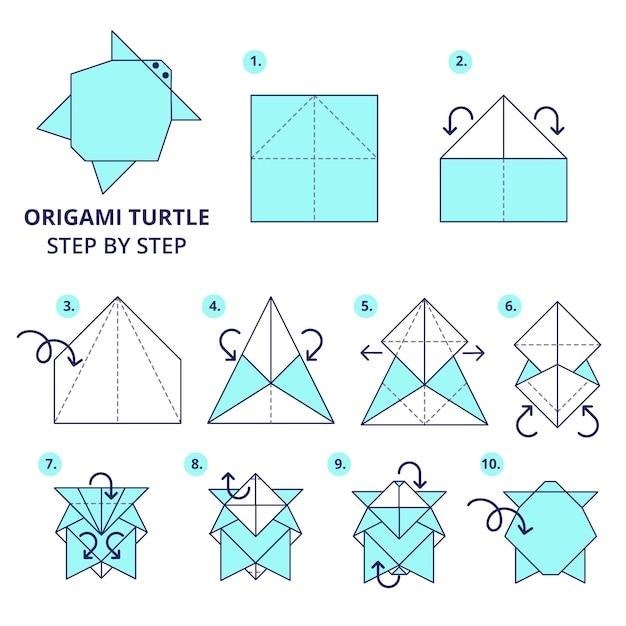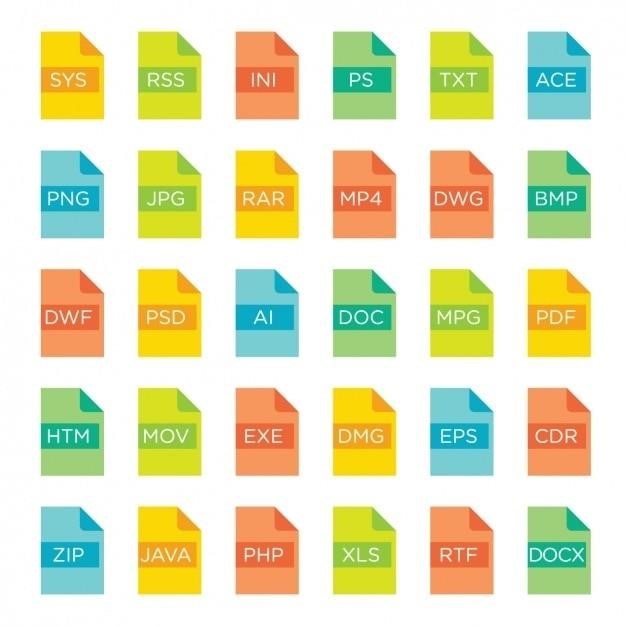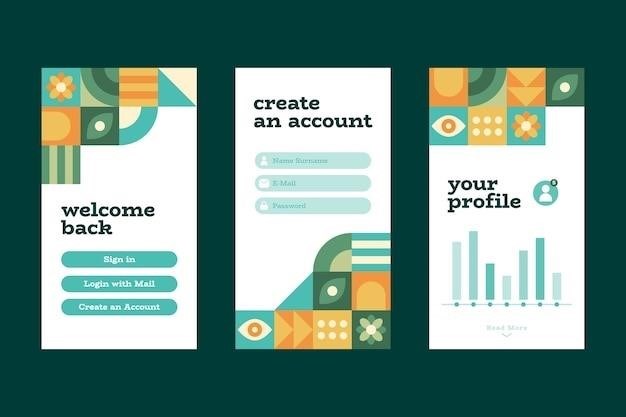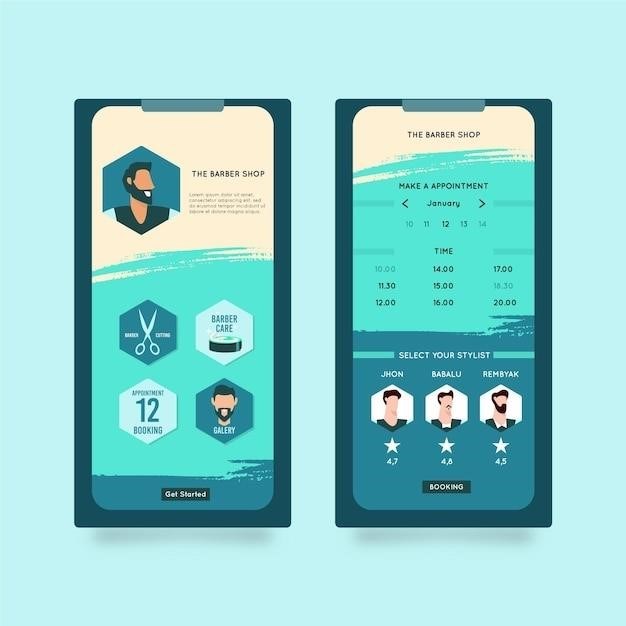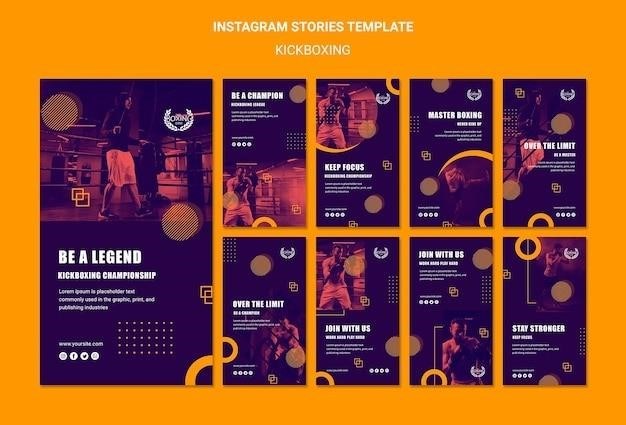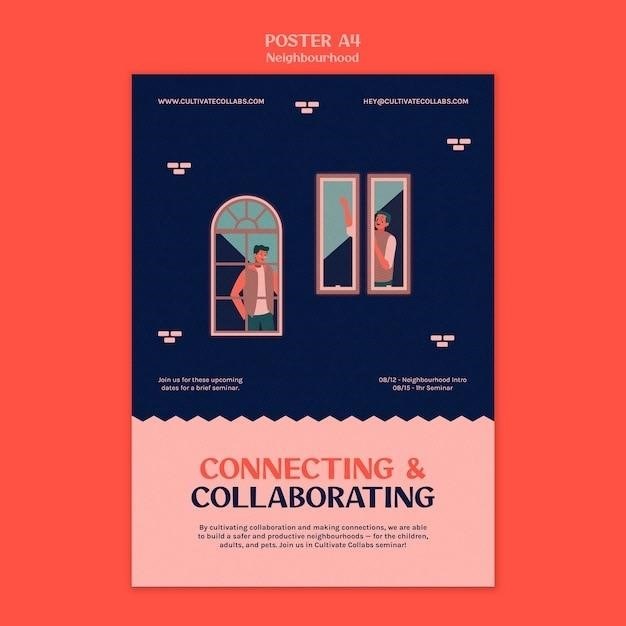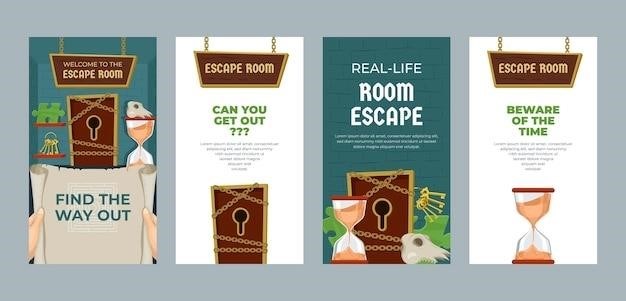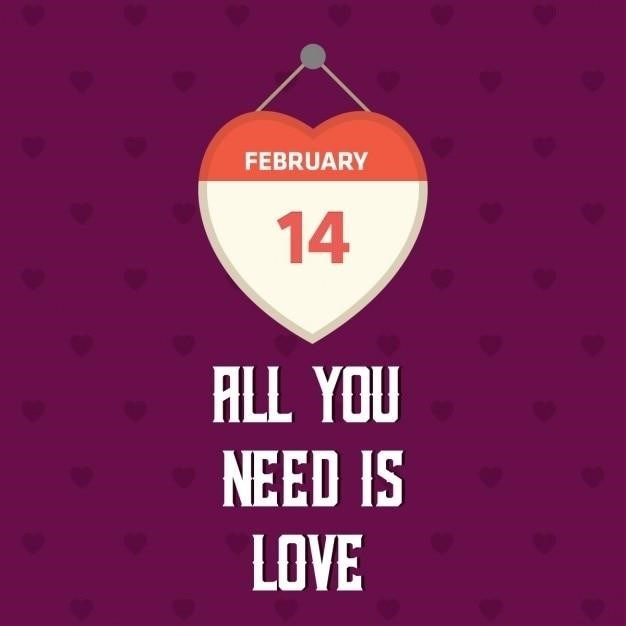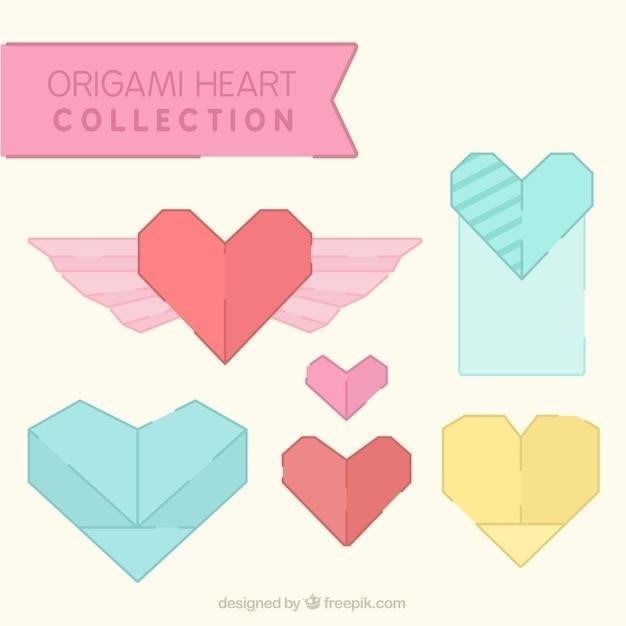Dementia Rating Scales⁚ A Comprehensive Overview
Dementia rating scales are essential tools for assessing and monitoring cognitive decline in individuals suspected of having dementia. These scales provide a standardized framework for evaluating various cognitive domains‚ such as memory‚ attention‚ language‚ and executive function. They are widely used in clinical practice‚ research‚ and for tracking the progression of dementia over time. By understanding the different types of dementia rating scales and their applications‚ healthcare professionals can better diagnose‚ manage‚ and care for individuals with dementia.
Introduction
Dementia‚ a debilitating neurological condition characterized by progressive cognitive decline‚ affects millions worldwide. Accurate assessment of dementia severity and its impact on daily life is crucial for diagnosis‚ treatment planning‚ and monitoring disease progression. Dementia rating scales serve as valuable instruments in this process‚ offering a standardized approach to quantify cognitive impairment across multiple domains. These scales are designed to capture the multifaceted nature of dementia‚ encompassing not only cognitive deficits but also functional limitations and behavioral changes.
Types of Dementia Rating Scales

A variety of dementia rating scales have been developed to address different aspects of cognitive decline. Some scales focus on global cognitive function‚ providing an overall assessment of dementia severity. Others target specific cognitive domains‚ such as memory‚ attention‚ or executive function. The choice of dementia rating scale depends on the clinical setting‚ the purpose of assessment‚ and the individual’s specific needs. These scales vary in their complexity‚ administration time‚ and the level of expertise required for interpretation. Common types of dementia rating scales include⁚

Clinical Dementia Rating (CDR) Scale
The Clinical Dementia Rating (CDR) scale is a widely used instrument for assessing the severity of dementia. Developed by John C. Morris and colleagues at Washington University in St. Louis‚ the CDR is a global assessment scale that evaluates six cognitive domains⁚ memory‚ orientation‚ judgment and problem-solving‚ community affairs‚ home and hobbies‚ and personal care. The CDR uses a five-point scale‚ ranging from 0 (no dementia) to 3 (severe dementia)‚ with a 0.5 point for questionable dementia. The CDR is typically administered by a trained clinician through a semi-structured interview with both the individual with dementia and an informant‚ such as a family member or caregiver.
CDR Scoring Table and Algorithm
The CDR Scoring Table provides detailed descriptions of the different levels of impairment within each cognitive domain‚ allowing clinicians to make accurate ratings based on interview data and clinical judgment. The table is used in conjunction with CDR Worksheets‚ which are structured interview guides that help clinicians gather information about the individual’s cognitive abilities and functional status. In addition to individual domain ratings‚ an overall Global CDR Score can be calculated using the CDR Scoring Algorithm. This algorithm takes into account the ratings for each domain and provides a single score that reflects the overall severity of dementia. The CDR Scoring Table and Algorithm are essential components of the CDR assessment protocol and ensure consistent and reliable scoring across different clinicians and settings.
CDR Worksheets and Licensing
The CDR Worksheets are structured interview guides that help clinicians gather information about the individual’s cognitive abilities and functional status. They are designed to be used in conjunction with the CDR Scoring Table‚ which provides detailed descriptions of the different levels of impairment within each cognitive domain. The CDR Worksheets are available in multiple languages and can be downloaded as a PDF from the Washington University Office of Technology Management/Tech Transfer (OTM). To access the worksheets‚ a license is required‚ and OTM can assist with securing a license if a needed language is not already available. The CDR Worksheets are an essential component of the CDR assessment protocol and ensure consistent and reliable data collection across different clinicians and settings.
Dementia Rating Scale 2 (DRS-2)
The Dementia Rating Scale 2 (DRS-2) is a comprehensive assessment tool designed to evaluate cognitive functioning in individuals with suspected dementia. It assesses five key cognitive domains⁚ Attention‚ Initiation/Perseveration‚ Construction‚ Conceptualization‚ and Memory. The DRS-2 includes a variety of tasks and scoring guidelines that allow clinicians to assess the patient’s performance in each domain. The DRS-2 is particularly useful for assessing cognitive function at lower ability levels and can be used to track changes in cognitive status over time. The second edition of the DRS-2 incorporates the original 36 DRS tasks and 32 new tasks‚ providing a more comprehensive assessment of cognitive functioning. This updated version is a valuable tool for clinicians and researchers seeking to understand and manage dementia.
Mattis Dementia Rating Scale (DRS)
The Mattis Dementia Rating Scale (DRS)‚ also known as the Mattis Dementia Rating Scale‚ is a widely used screening tool for assessing general cognitive functioning and detecting the presence of dementia or other cognitive deficits. This scale comprises 36 verbal and written tasks‚ grouped into subscales that assess key cognitive domains such as Attention‚ Initiation/Perseveration‚ Construction‚ Conceptualization‚ and Memory. The DRS is frequently employed in clinical and research settings to identify individuals who may need further evaluation for dementia. Its utility lies in its ability to provide a comprehensive overview of cognitive function‚ allowing clinicians to identify specific areas of impairment and tailor interventions accordingly.
Quick Dementia Rating System (QDRS)
The Quick Dementia Rating System (QDRS) is a time-efficient dementia staging tool designed to meet the needs of busy clinicians. This 10-item questionnaire can be completed by an informant without the need for a trained clinician or rater‚ taking only 3 to 5 minutes to administer. The QDRS assesses various aspects of cognitive function‚ including memory‚ language‚ and executive function‚ with scores ranging from 0 to 30. Higher scores indicate greater cognitive impairment. The QDRS’s brevity and ease of use make it a valuable tool for screening dementia in primary care settings‚ where time constraints are often a factor. Its ability to rapidly identify individuals who may require further evaluation for dementia allows for early intervention and management of cognitive decline.
Dementia Severity Rating Scale (DSRS)
The Dementia Severity Rating Scale (DSRS) is a caregiver-rated instrument designed to evaluate the severity of dementia. It consists of a series of multiple-choice questions that assess a range of cognitive and functional abilities‚ including memory‚ orientation‚ judgment‚ problem-solving‚ communication‚ and activities of daily living. The DSRS is particularly useful for tracking changes in dementia severity over time‚ as it provides a quantitative measure of cognitive decline. Its informant-based format makes it suitable for use in both clinical and research settings. The DSRS has been shown to correlate with other well-established dementia rating scales‚ such as the Clinical Dementia Rating (CDR)‚ suggesting its validity and reliability. The DSRS’s focus on functional impairment provides valuable insights into the impact of dementia on daily life‚ helping healthcare professionals tailor interventions and support services to individual needs.
Frontotemporal Dementia Rating Scale (FTD-FRS)
The Frontotemporal Dementia Rating Scale (FTD-FRS) is a specialized assessment tool designed to evaluate the specific cognitive and behavioral impairments associated with frontotemporal dementia (FTD). Unlike general dementia rating scales‚ the FTD-FRS focuses on the characteristic changes in behavior‚ language‚ and executive function that are prominent in FTD. It assesses various domains‚ including behavioral disinhibition‚ apathy/inertia‚ executive dysfunction‚ compulsive behaviors‚ hyperorality‚ and language difficulties. The FTD-FRS is particularly useful for diagnosing FTD and differentiating it from other forms of dementia‚ such as Alzheimer’s disease. It also helps track the progression of FTD and monitor the effectiveness of treatment interventions. The FTD-FRS has been adapted into multiple languages‚ enhancing its accessibility and applicability in diverse clinical and research settings.
Kingston Dementia Rating Scale
The Kingston Dementia Rating Scale is a comprehensive assessment tool specifically designed to monitor the cognitive and functional decline of individuals with organic brain syndromes‚ particularly those with progressive dementia. It provides a structured framework for evaluating various aspects of cognitive function‚ including memory‚ attention‚ language‚ orientation‚ judgment‚ and problem-solving abilities. The scale also incorporates assessments of functional abilities‚ such as activities of daily living‚ social interactions‚ and personal care. The Kingston Dementia Rating Scale is valuable for tracking the progression of dementia‚ identifying potential treatment needs‚ and guiding care planning for individuals with dementia. Its focus on both cognitive and functional domains provides a holistic picture of the individual’s overall status‚ allowing for more personalized and effective interventions.
Other Dementia Assessment Tools
Beyond the specialized dementia rating scales‚ several other assessment tools are frequently employed in the evaluation of cognitive function and potential dementia. These tools are often used as initial screening measures or to provide a broader understanding of cognitive abilities. One commonly used tool is the General Practitioner Assessment of Cognition (PCOG)‚ a brief and easily administered questionnaire that assesses various cognitive domains‚ including memory‚ attention‚ language‚ and visuospatial skills. The Mini-Mental State Exam (MMSE) is another widely used assessment tool that evaluates orientation‚ memory‚ attention‚ language‚ and visuospatial abilities. It is a quick and simple screening tool that can help identify individuals who may require further evaluation for dementia. These assessments‚ while not as comprehensive as dementia rating scales‚ provide valuable insights into cognitive function and can help guide further diagnostic workup.
General Practitioner Assessment of Cognition (PCOG)
The General Practitioner Assessment of Cognition (PCOG) is a valuable tool for primary care physicians to quickly assess cognitive function in patients who may be at risk for dementia. This five-minute assessment‚ designed for use by non-specialists‚ covers key cognitive domains like memory‚ attention‚ language‚ and executive function. It is particularly helpful in identifying individuals who require further evaluation by a neurologist or geriatrician. The PCOG has been shown to be effective in detecting cognitive impairment‚ including mild cognitive impairment (MCI) and dementia. It is a user-friendly instrument that can be readily incorporated into routine clinical practice‚ making it a valuable resource for early detection and referral for those who may benefit from further assessment and management.
Mini-Mental State Exam (MMSE)
The Mini-Mental State Exam (MMSE) is a widely used and well-established screening tool for cognitive impairment‚ particularly in the context of dementia. This brief‚ 30-point assessment evaluates various cognitive domains‚ including orientation‚ memory‚ attention‚ language‚ and visuospatial skills. The MMSE is relatively easy to administer and score‚ making it a practical tool for healthcare professionals in various settings. Although not a definitive diagnostic tool for dementia‚ it can help identify individuals who may require further evaluation. The MMSE’s simplicity and widespread use contribute to its value in identifying potential cognitive decline and guiding subsequent diagnostic investigations.
Dementia rating scales are invaluable tools for assessing cognitive function in individuals with suspected dementia. They provide a structured and standardized approach to evaluating various cognitive domains‚ facilitating diagnosis‚ monitoring disease progression‚ and guiding treatment strategies. While each scale has its strengths and limitations‚ their collective application enhances our understanding of dementia and its impact on individuals. By utilizing these scales in conjunction with other clinical assessments‚ healthcare professionals can provide comprehensive care‚ empower individuals with dementia and their families‚ and contribute to ongoing research efforts aimed at improving the lives of those affected by this complex condition.
